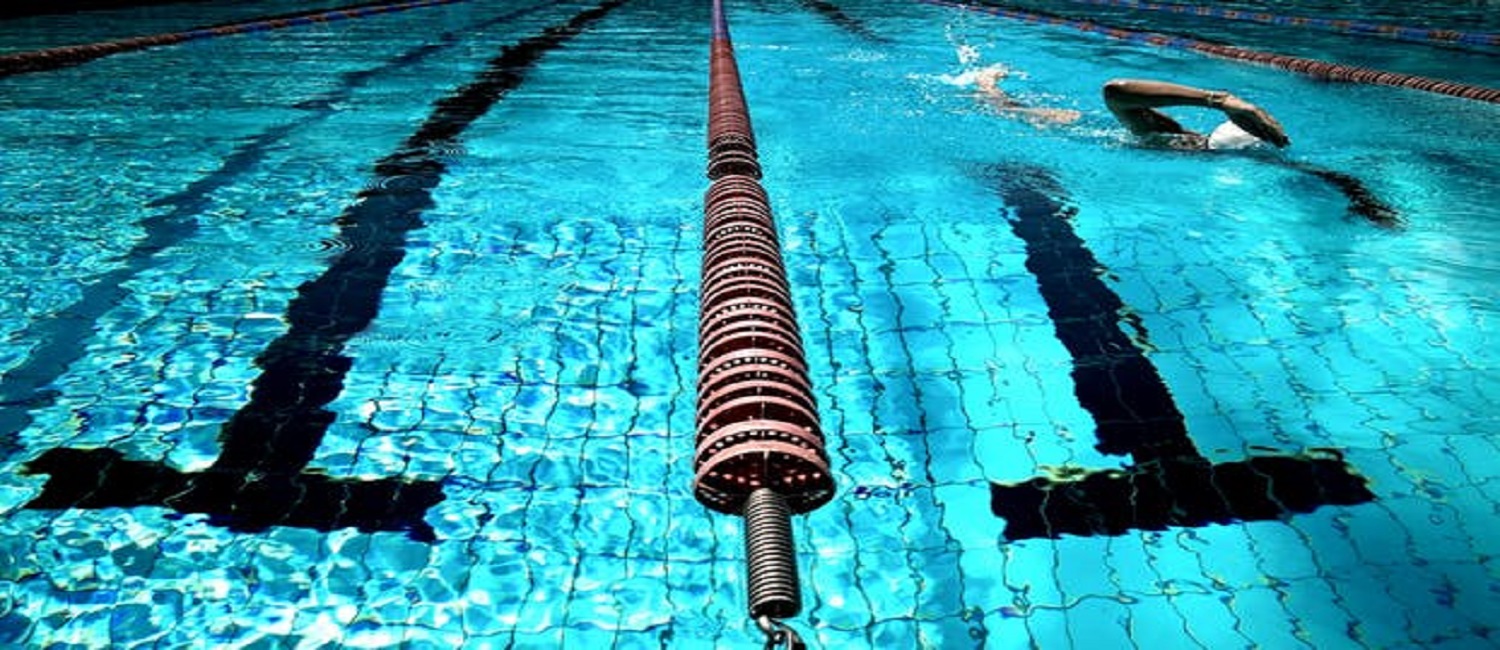pool cleanliness
pool safety

Is the Public Pool Clean– some basic preliminary checks…
The Test Record Sheet
Pool cleanliness and pool safety is important. So is knowing how to perform Simple CPR. Public pools are regulated by state and local health departments and regular water testing is required. The Record Sheet should be posted. Chemicals such as chlorine (between 1 to 3 ppm) and bromine (3 to 5 ppm) are used to kill bacteria, algae, fungus and viral diseases. The PH should be slightly basic, between 7.2 and 7.7.
Public pools must meet “Bathing Water Standards”, not drinking water standards, so try not to swallow the water. Despite treatment, some pathogens will survive and remain in the water. Exposure comes from swallowing, breathing in the water mist in the air, and other general contact (eyes, ears, cuts) with infected water. That is why pool cleanliness is so important.
Pool Deck. The area around the pool should be clear of obstructions. Note areas of standing water that could be slippery, e.g., around pool steps, diving boards, near the shower.
Signs. Pool Rules should be posted. They should include a pool shower requirement and might have special rules for small children.
Lifeguard. Is a lifeguard on duty? Where are the rescue poles, life-rings, 1st Aid kit.
Pool Water Surface. Are there lane floats, designated areas for children, exercise, diving?
Water Clarity. Is the water clear and light blue? It should not look hazy or cloudy anywhere. If it does, pool cleanliness is below standard. The pool bottom should easily be visible throughout the entire pool. The drains and cover plates should look clean and like new. If the water is not clear or smells of heavy chlorine, stay out and talk to the lifeguard.
Entry Steps and Depths. Check depth markers and use the entry steps and handrail.
Exiting the Pool. Use the steps and handrail. Watch for wet areas and be aware of children and others. Use the pool shower to rinse off. Dry off to prevent making wet areas that could be slippery for others.
Staying Safe in the Pool. It’s not just about pool cleanliness.
Do not go in when there is lightening or thunder. Do not swim alone. Always stay hydrated.
Do not go into the pool when sick or with open wounds or cuts.
Generally, do not open your eyes under water unless wearing swim goggles.
Always know where you can get pool help—where is the lifeguard, where to call 911, where is the safety equipment, pool throws, pool pole, a 1st Aid Kit.
If in a group—find out if the instructor or others have had a CPR course from the Red Cross.
EMERGENCY CPR— Helping someone–TELL SOMEONE ELSE TO CALL 911 while you,
- Get victim out of pool
- Lie victim on back
- Check nose and mouth for breathing, chest for movement
- Check for pulse (use forefingers NOT thumb, check at wrist or neck)
- If weak pulse or no breathing after 30 seconds max and you are not CPR trained begin the simple Basic hands Only CPR— NOW
- Get access to center of chest above breast bone. Lean victim’s head back slightly to straighten air passage, raise chin and tilt head slightly to side in case of water ingestion.
- Put your hands together while kneeling over victim. Press firmly with both hands near center chest and pump to the rhythm of the Bee Gee’s song, “Staying Alive”, Staying Alive, pump, pump, pump, pump, stayin’ alive, stayin’ alive until Lifeguard or trained CPR help arrives. Everyone should practice this at home with a friend—it is really simple, and it could save a life!
- If you know CPR, proceed to check air passage, tilt head back, lift chin, pinch nose closed, use breathing device or your mouth and take normal breath and breathe into victim’s mouth while making a good seal. Repeat for 2 breaths, then pump on chest 30 times, then repeat breathing. Repeat pattern until victim recovers or paramedic help arrives.
See the Red Cross Hands Only CPR video at:
Order Suit Saver now https://suit-saver.com/products/